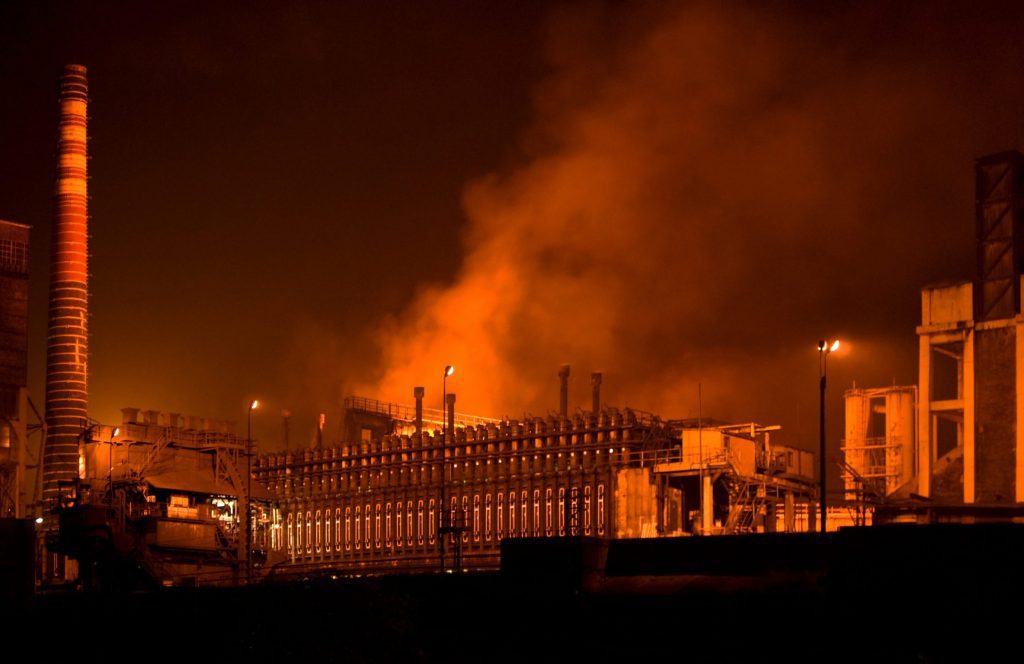
Industrial automation is a transformative factor for businesses around the world, from tiny startups to massive Fortune 500 firms. According to a study by McKinsey & Company, for example, 64% of hours spent on manufacturing activities can be automated with existing technologies. Meanwhile, Fortune Business Insights predicts that the global industrial automation market will nearly double between 2019 and 2027, reaching $326 billion with a rapid annual growth rate of 9%.
Automating these activities could save trillions of dollars and unlock new possibilities for manufacturers. Of course, the potential of industrial automation heavily depends on businesses’ ability to avoid disaster — or at the very least, to recover quickly and gracefully from any disasters that they encounter. For these reasons, having a disaster recovery plan for physical catastrophes (as well as cyber-attack) is an essential concern for practitioners of industrial automation.
In this article, we’ll investigate the impact of physical disasters on industrial automation programs, as well as a few tips and best practices for creating your own disaster recovery plan.
Why You Need a Disaster Recovery Plan for Industrial Automation
For various reasons, businesses often delay or even ignore the need to create a disaster recovery plan. You might see the process as distracting or a waste of time, especially if you view the chance of a natural disaster as unlikely.
This stance, however, is tremendously risky for the reliability of operations, as well as the safety and well-being of you, your employees, and the organization itself. A survey by Nationwide, for example, found that 75% of small businesses don’t have a disaster recovery plan — but also that one-fourth of small businesses close their doors permanently following a major disaster.
A disaster recovery plan outlines how businesses can recover from an unexpected disaster and return to normal operations. Even if you have an idea in mind of how to accomplish this, formalizing it and writing it down in a single document helps everyone affected to understand their role in the process and how to get the business back on track.
4 Types of Physical Disasters for Industrial Automation Programs
With a wide range of possible natural disasters, the chances that one will happen to you are almost certainly more likely than you think. Below are just a few types of catastrophes that can impact your industrial automation operations:
- Fires: Fires in an industrial environment can be devastating: not only can they endanger the lives of your employees, but they also risk destroying automation equipment and releasing noxious fumes into the air.
- Floods: Floods can damage or destroy buildings, equipment, and raw materials used in the manufacturing process, as well as cause the release of hazardous chemicals or pollution into the water.
- Power issues: Power outages can bring the manufacturing process to a halt, and even damage electronic equipment (e.g. with a power surge during an electrical storm). Similar damage can occur due to a variety of power and electrical issues such as electrical faults, short circuits, and power surges.
- Equipment failure: Without a concrete backup plan, the unexpected failure of a single crucial piece of equipment can interrupt the entire production line.
- Explosion: Whether due to an electrical or power issue or some other factor, an explosion or unexpected release of energy can have cataclysmic effects on equipment, operations, and even personnel.
- Other physical damage: There is any number of contingencies that could result in physical disaster, from an out-of-control vehicle to a crane collapse.
Creating an Industrial Automation Disaster Recovery Plan for Physical Disasters
Thus far, we’ve discussed why you need a disaster recovery plan for industrial automation, as well as some of the physical disasters that can befall you. We’ll wrap up with a brief overview of how you can go about creating such a plan.
If you’re not sure where to get started, performing a risk assessment and business impact analysis can be a tremendously useful first step. These activities help you understand the types of disasters that your organization is most vulnerable to, as well as the critical assets that require extra attention and protection.
The contents of a comprehensive, well-written disaster recovery plan should include:
- An inventory of your physical assets, including automation hardware and other machines.
- A well-considered plan for each potential type of disaster (see above). For example, to address the risk of a power outage, consider installing backup generators for critical equipment, as well as devising a plan delineating how to make the switch during an outage.
- The individuals responsible for overseeing and executing the disaster recovery plan.
- A list of contact information for key decision-makers for coordination and communication before and during the disaster.
- Methods for testing your disaster recovery plan and updating it if necessary.
Also note that disaster recovery is distinct from, but an important component of, business continuity. A disaster recovery plan should describe the steps your business can take to recover from a disaster. Business continuity, meanwhile, addresses the broader question of how you can maintain business-critical processes, systems, and operations in the face of any unexpected disruption.
Final Thoughts
From fires and floods to power outages and equipment failure, there’s no shortage of possible catastrophes that can temporarily — or even permanently — disrupt your operations. With the survival of your business at stake, creating a disaster recovery plan for industrial automation programs is a crucial step for any organization.
Looking to create your own disaster recovery plan? We can help. Consider working with a knowledgeable, experienced systems integrator like ICA Engineering to get the job done. Get in touch with our team of experts today for a chat about your business needs and objectives.
Image Credits: Piqsels @Creative Commons